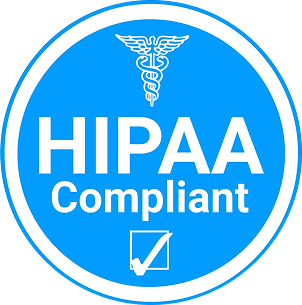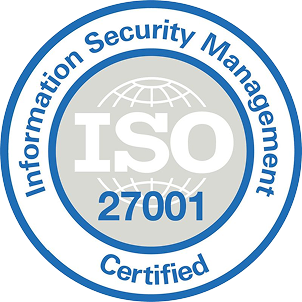Advertising has transcended conventional limitations, evolving into a space wherein data reigns supreme. The effectiveness of marketing campaigns is not entirely reliant on creative ability but depends on the strategic use of data. An enterprise data management strategy becomes no longer just a requirement but imperative for companies striving to maximize their marketing efforts.As technology keeps evolving and customer expectations increase, the potential to derive actionable insights from data has emerged as a cornerstone of competitive gain. This comprehensive blog explores into the necessity of crafting an enterprise data strategy tailor-made mainly for advertising. It highlights the crucial components of data collection, integration, evaluation, safety, and compliance, each playing a pivotal role in shaping a successful advertising project. By using data from various sources along with customer interactions, social media insights, and real-time analytics, organizations can acquire unparalleled precision in targeting their audiences and optimizing campaign overall performance.

Key Components of an Enterprise Data Strategy
- Data Collection
- Sources of Data: Collect data from numerous sources, including user interactions, social media, website analytics, CRM structures, and third-party providers.
- Types of Data: Collect both structured data (e.g., demographics, past purchase history) and unstructured data (e.g., social media posts, customer feedback).
- Data Integration
- Unified Data Platform: Integrate data from particular resources into a single, unified platform. This ensures that all information is obtainable and can be analyzed cohesively.
- ETL Processes: Implement Extract, Transform, and Load (ETL) processes to clean, remodel, and load data into the centralized system.
- Data Analysis
- Advanced Analytics: Utilize enterprise data analytics strategy, including machine learning (ML) and artificial intelligence (AI), to derive insights from data.
- Real-Time Analysis: Implement real-time data analytics to make timely decisions and optimize marketing campaigns dynamically.
- Data Security and Compliance
- Data Governance: Establish a data governance framework as part of the enterprise data management strategy to ensure data quality, integrity, and protection.
- Regulatory Compliance: Adhere to data and safety policies, including GDPR and CCPA, to avoid criminal repercussions and build consumer trust.
Implementing an Enterprise Data Strategy in Advertising
Step 1: Define Objectives and Goals
The first step in enforcing digital strategy consulting services for enterprise data protection strategy is to define the goals. This involves understanding the enterprise's ambitions for its advertising efforts. Objectives include growing brand cognizance, improving customer engagement, or growing revenue.
Step 2: Identify and Collect Relevant Data
Once goals are set, discover the data needed to attain the objectives. This consists of:
- Customer Data: Demographics, preferences, buyer history, and behavior.
- Campaign Data: Performance metrics, click-through rate (CTR), conversion rates, and return on advert spend (ROAS).
- Market Data: Industry trends, competitor analysis, and market conditions.
Step 3: Ensure Data Quality and Integration
Enterprise data management strategy is vital for data quality and integration. Implement data validation procedures to ensure the accuracy and consistency of information. Integrate data from distinctive sources into a centralized data warehouse or information lake, making it accessible for analysis.
Step 4: Leverage Advanced Analytics
Utilize advanced enterprise data analytics strategy to analyze data and gain insights. Using ML can predict user conduct, categorize audiences, and personalize marketing campaigns. Predictive analytics can forecast tendencies and help in proactive decision-making.
Step 5: Implement Real-Time Data Processing
In the fast-paced advertising industry, real-time data processing is critical. Implement technology that allows real-time data collection and analysis. This enables organizations to react quickly to marketplace changes and optimize campaigns on the go.
Step 6: Ensure Data Security and Compliance
Data safety is a top priority. Implement enterprise data protection strategy along with robust safety features, including encryption, access control, and regular audits. Ensure compliance with information safety rules to shield customer-sensitive information and maintain brand trust.
Benefits of an Effective Data Strategy in Advertising
Improved Targeting and Personalization
A well-implemented enterprise data strategy allows for specific targeting and personalization of advertising and marketing campaigns. By analyzing customer behavior, companies can deliver tailored messages that resonate with their audience, leading to higher engagement and conversion rates.
Enhanced Campaign Performance
Imagine having the power to optimize the advertising campaigns for peak performance. With an enterprise data management strategy in place, this is not just a dream but a reality. By analyzing key metrics, teams can identify what works and what does not, enabling continuous improvement and maximizing return on investment (ROI).
Better Decision-Making
Enterprise data analytics strategy provides a strong foundation for data-driven decision-making. With accurate and complete statistics, businesses can make knowledgeable decisions, reducing the risk of high-priced errors and ensuring that assets are allocated efficiently.
Increased Efficiency
Integrating and automating data strategies reduces manual efforts and increases efficiency. This allows businesses to focus on strategic responsibilities instead of getting slowed down by data management, leading to quicker campaign execution and cognizance of business objectives.
Compliance and Risk Management
An effective enterprise data protection strategy ensures that each information handling procedure is compliant with rules, reducing the challenges of criminal problems and protecting the business enterprise’s reputation. Robust security features additionally mitigate the hazard of information breaches and other security threats.
Conclusion
An effective enterprise data strategy is vital for success in the cutting-edge advertising ecosystem. Organizations can unlock valuable insights that drive higher concentration, personalization, and campaign performance by collecting, integrating, analyzing, and securing data. While challenges exist, they can be overcome with the proper technique, tools, and mindset. As digital transformation and technology continue to evolve and competition intensifies, a robust enterprise data management strategy will remain a crucial element of successful advertising efforts.
.avif)
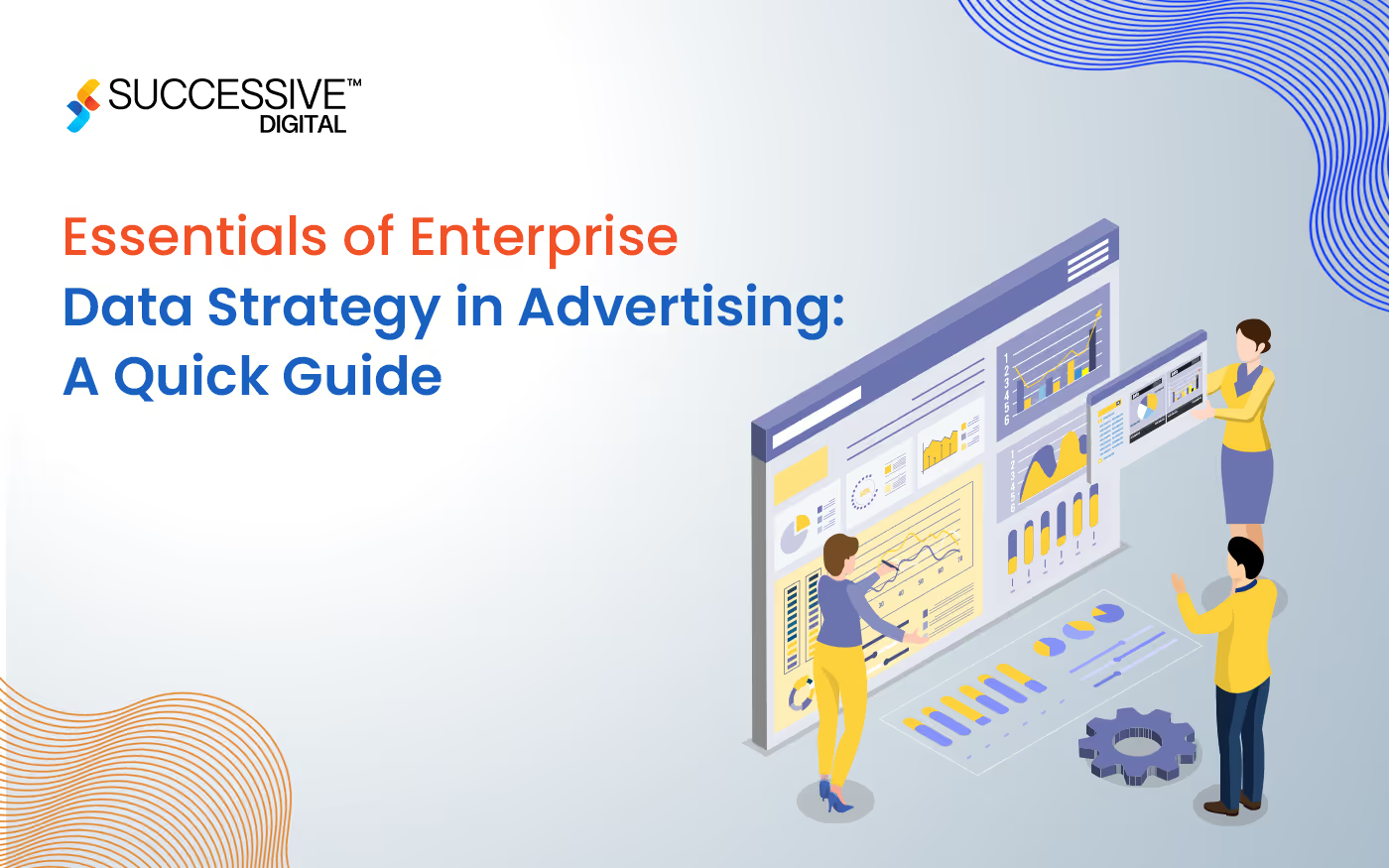



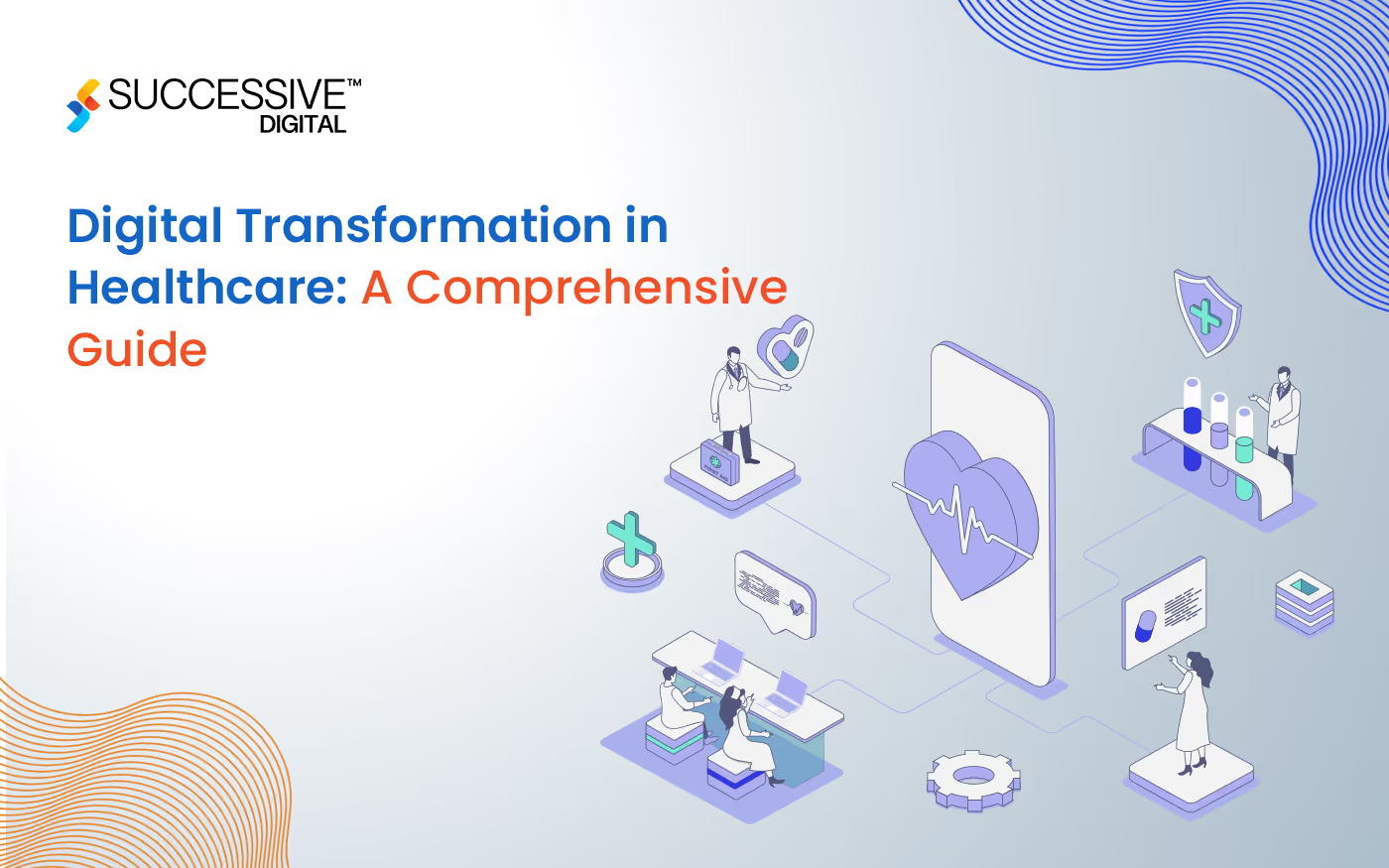

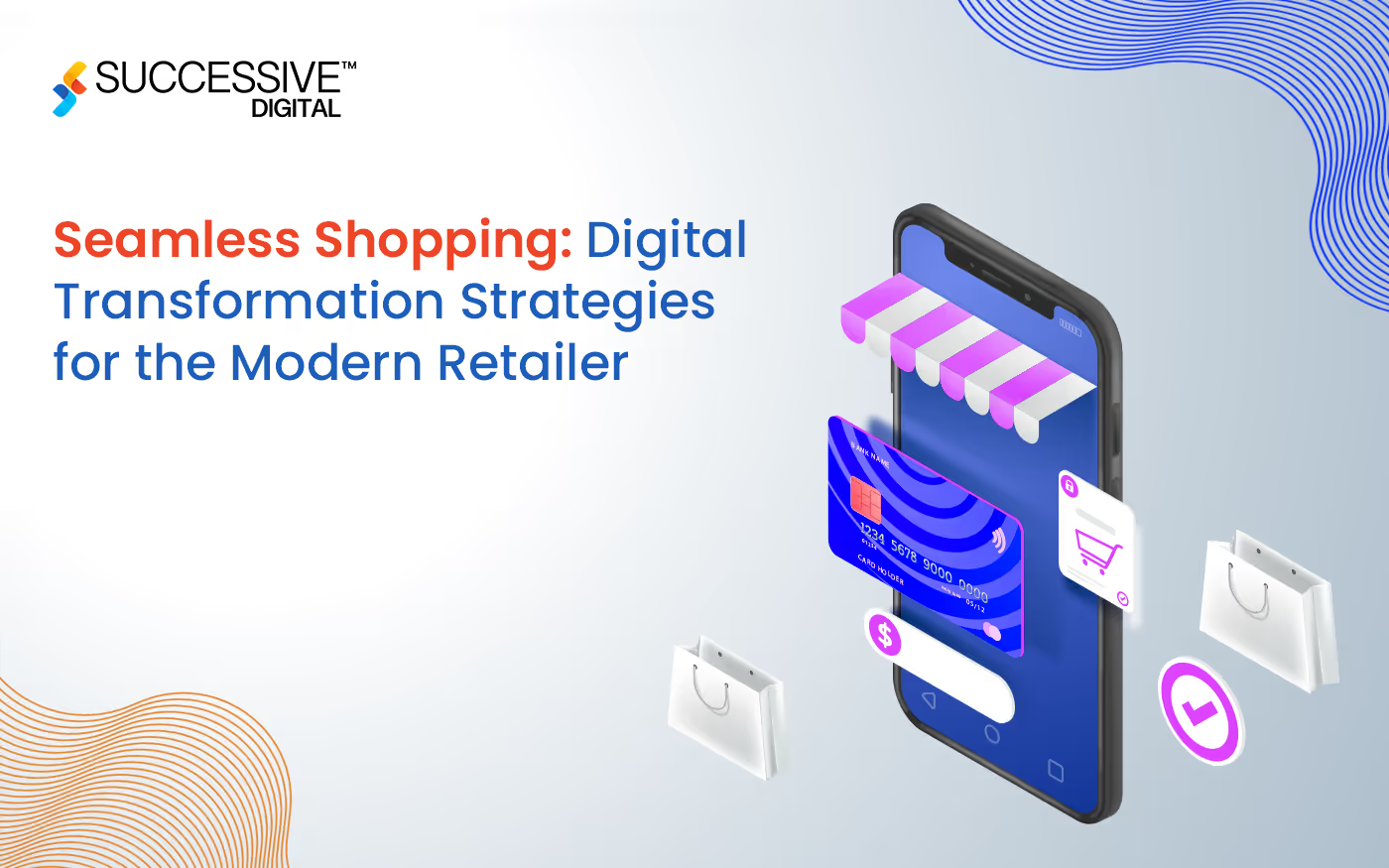



.jpg)






